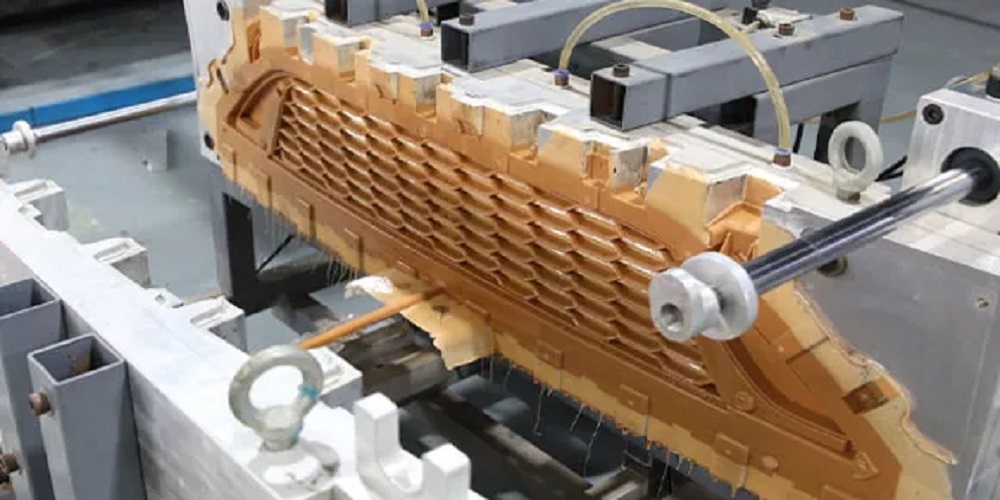Injection molding is a common manufacturing technique in which molten plastic material is injected into a mold cavity and solidifies into a desired shape. Plastic injection molding and reaction injection molding are the two primary injection molding techniques (RIM). Although there are some parallels between them, there are also big disparities. Sheet metal prototyping China has become an increasingly popular option for businesses looking to produce metal parts that meet their exact specifications. This article will compare RIM and plastic injection molding, outlining each process's benefits and drawbacks.
Plastic Injection molding
Plastic injection molding is a manufacturing technique that has been around for a while. Plastic pellets are melted in a heated barrel and injected into a mold cavity under high pressure. The molded component is expelled from the mold once the plastic material has cooled and solidified inside it. Continuous repetition of the procedure results in the production of several identical pieces.
Advantages of plastic injection molding
- High production volume: Plastic injection molding is perfect for making numerous identical parts in a single batch. The technique can produce dozens or millions of pieces with little work.
- Consistency and precision: The injection molding procedure is extremely accurate, ensuring that every molded component is similar to the previous one. Therefore, it is perfect for applications that call for reliable and precise parts.
- Many materials: A variety of plastic materials are readily available for injection molding, enabling a high level of customization in terms of material characteristics, colors, and finishes.
Reaction injection molding (RIM)
Reaction injection molding (RIM) is a newer process that has recently gained popularity. It involves mixing two liquid components, usually polyurethane, in a mixing head and injecting the mixture into a mold cavity. The mixture reacts and solidifies into a specific shape within the mold.
Advantages of reaction injection molding
- Design freedom: Compared to plastic injection molding, RIM offers more design flexibility. Intricate mold cavities can be filled with the liquid mixture to create pieces with elaborate geometries and features. As a result, RIM is perfect for products with variable wall thicknesses or sections, which are challenging to produce with conventional injection molding.
- Reduced tooling costs: Compared to plastic injection molds, RIM molds are often less expensive. For smaller businesses or those producing smaller amounts of parts, this makes the process more accessible.
- Reduced lead times: Since the polyurethane mixture cures quickly in the mold, the RIM process is often quicker than plastic injection molding. Due to shorter lead times, parts can be produced more quickly.
Conclusion
Both plastic injection molding and reaction injection molding have their advantage. RIM is a newer process that allows for greater design flexibility and shorter lead times, making it a good choice for smaller production runs and complex parts.
In conclusion, plastic injection molding and reaction injection molding are important manufacturing processes with unique advantages and disadvantages. When choosing between the two, it is important to consider the application's specific requirements, including production volume, part complexity, design flexibility, and material properties. By carefully evaluating these factors, manufacturers can choose the process that is best suited to their needs and produce high-quality parts efficiently and cost-effectively.


